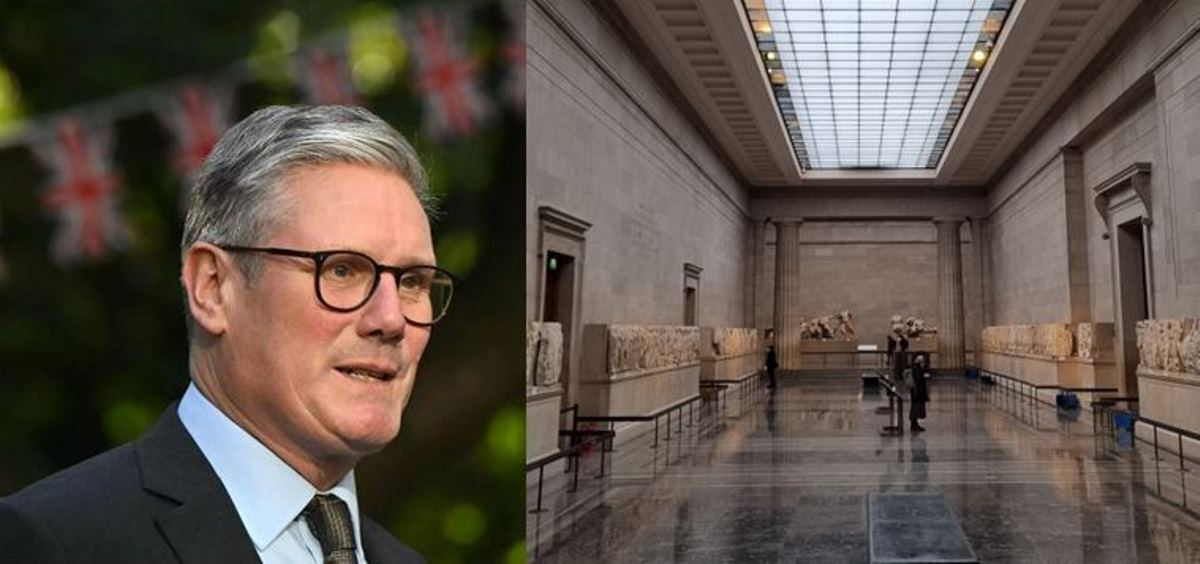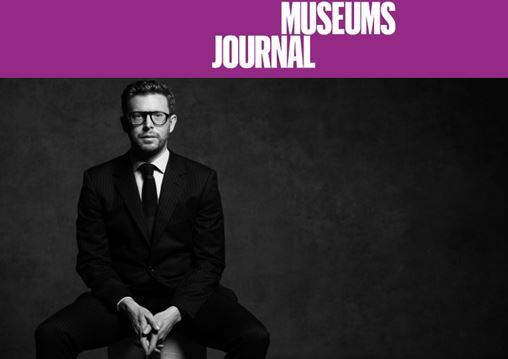On Friday 8 June 2001, during a visit to the Pergamon Museum in Berlin, the Greek Prime Minister, Mr. Costas Simitis, announced that following an agreement between the German Museum and the Greek Ministry of Culture, the missing parts of the "Philippeion" monument - an entirely legitimate German possession -on the historical site of Olympia would be returned in situ to Greece. He added that the Pergamon Museum would also undertake a full restoration of the "Philippeion", which "assumes even greater importance in light of the 2004 Olympic Games in Athens".
In exchange, Greece would send to the Pergamon Museum a number of artifacts from the vast Pheidias workshop found in Olympia, the debris of which contained a pottery cup with his name scratched on it. These treasures will be given to the Berlin Museum on loan to be used for an exhibition that will last two years. "This", explained Mr. Simitis, "is only the beginning of an era of cooperation between the Greek Ministry of Culture and the Berlin Archaeological Institute. A space will be devoted to Greece permanently in the Pergamon Museum for periodic exhibitions of archaeological findings discovered in Olympia".
The Greek Premier went on to explain that "this marks a new era in Greece's cultural policy, an era of mutual understanding and common concern for bringing together nations, who, having freed themselves of past rigidities, will enable millions of people to appreciate and enjoy the products of the world's great civilisations".
NB. The history that forms the background to the Greek Premier's announcement is as follows:
In 1875 Greece signed with Germany an agreement allowing German archaeologists to dig up the historical site of Olympia where the Olympic Games were held in antiquity. The excavations revealed, amongst other finds, many priceless and stunning artifacts. As a gesture of gratitude, a thankful Greek Government decided in 1892 to offer Germany some of these, namely parts of the foundations of a monument dedicated by Philip II of Macedon in celebration of both his military and athletic victories. This was the " Philippeion", an elegant round building looted with carved marble tiles and surmounted by a bronze poppyhead. The circular shape is reminiscent of the Macedonian beehive-tombs called "tholoi" a survival from the Mycenaean period. This Ionic Structure was adorned with five statues made of ivory and gold - materials normally received for the gods - representing Philip, his son Alexander the Great and other members of the Macedonian royal family. The "Philippeion" was built between 338 and 336 B.C, by architects who were obviously conversant with the style of the vaulted royal tombs of Macedonia. The parts from the foundations of the "Philippeion" were shipped in 1892 to Berlin, where the Pergamon Museum has ever since taken excellent care of those priceless exhibits.





Comments powered by CComment